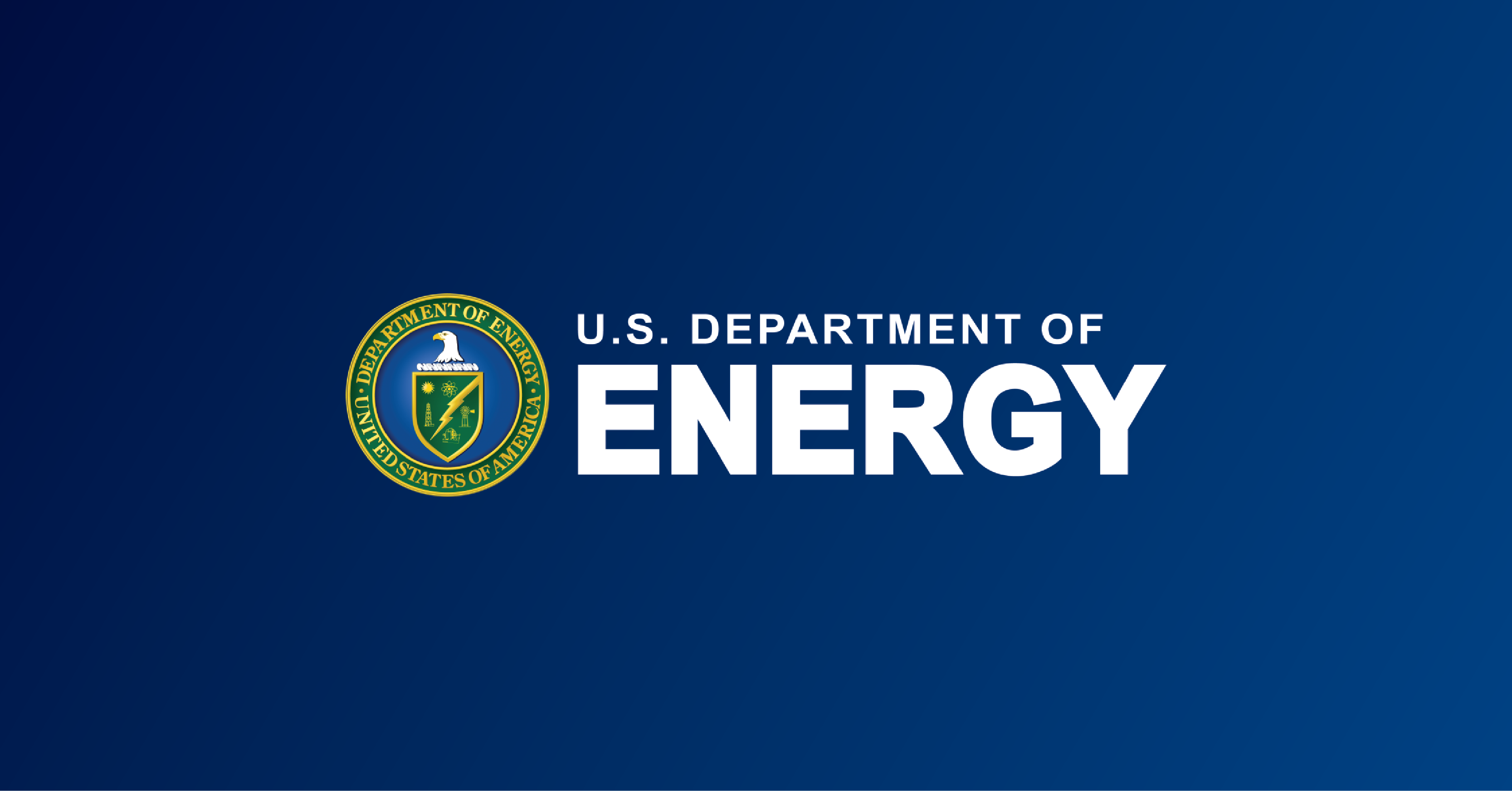
WASHINGTON, D.C. — The U.S. Department of Energy (DOE) today proposed new energy efficiency standards to save consumers $11.4 billion on their energy and water bills every year. The Congressionally-mandated proposed standards for residential water heaters align with recommendations from stakeholders, including two of the largest water heater manufacturers and the Consumer Federation of America. The proposal would require the most common-sized electric water heaters to achieve efficiency gains with heat pump technology and gas-fired instantaneous water heaters to achieve efficiency gains through condensing technology. These standards, which would take effect in 2029 if finalized, are expected to save Americans approximately $198 billion and reduce 501 million metric tons of harmful carbon dioxide emissions cumulatively over 30 years—roughly equivalent to the combined annual emissions of 63 million homes, or approximately 50 percent of homes in the United States.
“Today’s actions—together with our industry partners and stakeholders—improve outdated efficiency standards for common household appliances, which is essential to slashing utility bills for American families and cutting harmful carbon emissions,” said U.S. Secretary of Energy Jennifer M. Granholm. “This proposal reinforces the trajectory of consumer savings that forms the key pillar of Bidenomics and builds on the unprecedented actions already taken by this Administration to lower energy costs for working families across the nation.”
Water heating is responsible for roughly 13% of both annual residential energy use and consumer utility costs. DOE last updated residential water heater efficiency standards, which are required by Congress, in 2010. If adopted within DOE’s proposed timeframe, the new rule—which builds on consensus-based recommendations from a wide range of stakeholders—would apply to new water heater models starting in 2029.
Replacing common-sized traditional electric resistance storage water heaters with electric heat pump water heaters meeting the proposed levels would save consumers $1,868 on average over the life of the appliance, with savings even higher for renters and low-income households who spend a higher percentage of their income on utility bills. President Biden’s Inflation Reduction Act also expands the accessibility and increases affordability of heat pump water heaters through tax credits, rebates, and other incentives, making it easier for families across the nation to switch to a more efficient model when deciding to replace a water heater—and benefit from years of utility bill savings as a result.
Separate standards would raise the minimum efficiency levels for gas-fired storage water heaters, gas-fired instantaneous water heaters, and oil-fired storage water heaters based on technology improvements for those products. Overall, the proposed rule would reduce energy use from residential water heaters by 21%, which translates into $11.4 billion in consumer savings and $2.8 billion in health benefits each year.
Lowering Costs for American Families and Businesses
With this proposal, DOE has now issued proposed or final efficiency standards for 18 product categories so far this year—actions critical to carrying out Congressional direction for energy savings while improving reliability and performance across household appliances and commercial and industrial equipment.
Collectively, DOE’s past and planned energy efficiency actions under the Biden-Harris Administration will save Americans $570 billion and reduce greenhouse gas emissions by more than 2.4 billion metric tons cumulatively over 30 years, supporting the President’s ambitious efforts to tackle the climate crisis.
In addition to lowering costs through improved energy standards, DOE recently launched the Energy Savings Hub—an online one-stop shop for American families and consumers to access the savings tools that President Biden’s Investing in America agenda has made available to drastically cut utility bills. To learn how to upgrade to cleaner and more efficient appliances and keep money in your pocket, visit www.Energy.gov/Save.
DOE’s Building Technologies Office implements minimum energy conservation standards for more than 60 categories of appliances and equipment. To learn more, visit the Appliance and Equipment Standards Program homepage.







